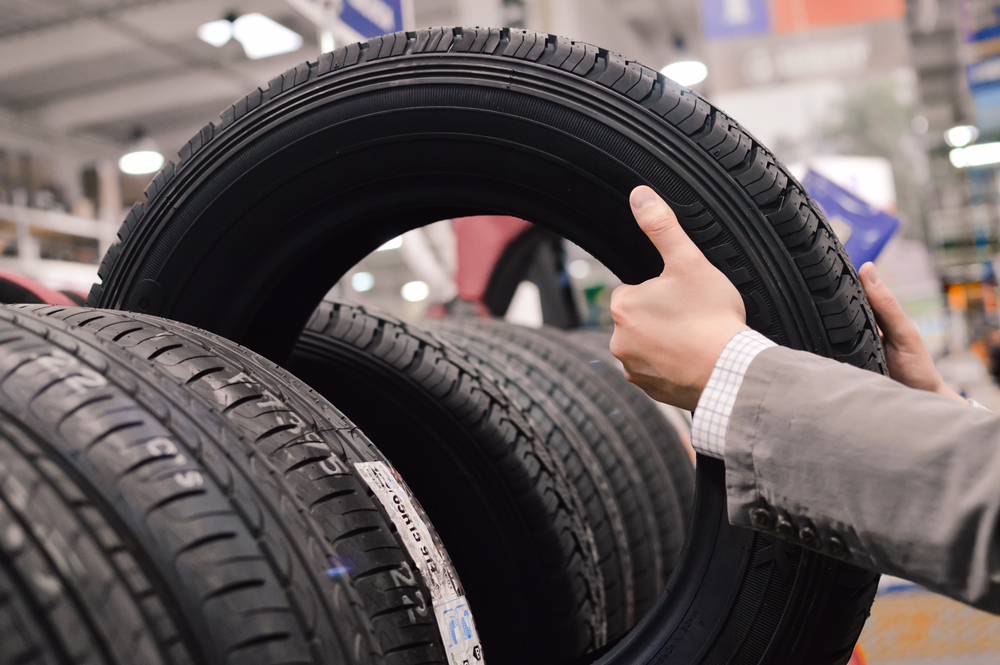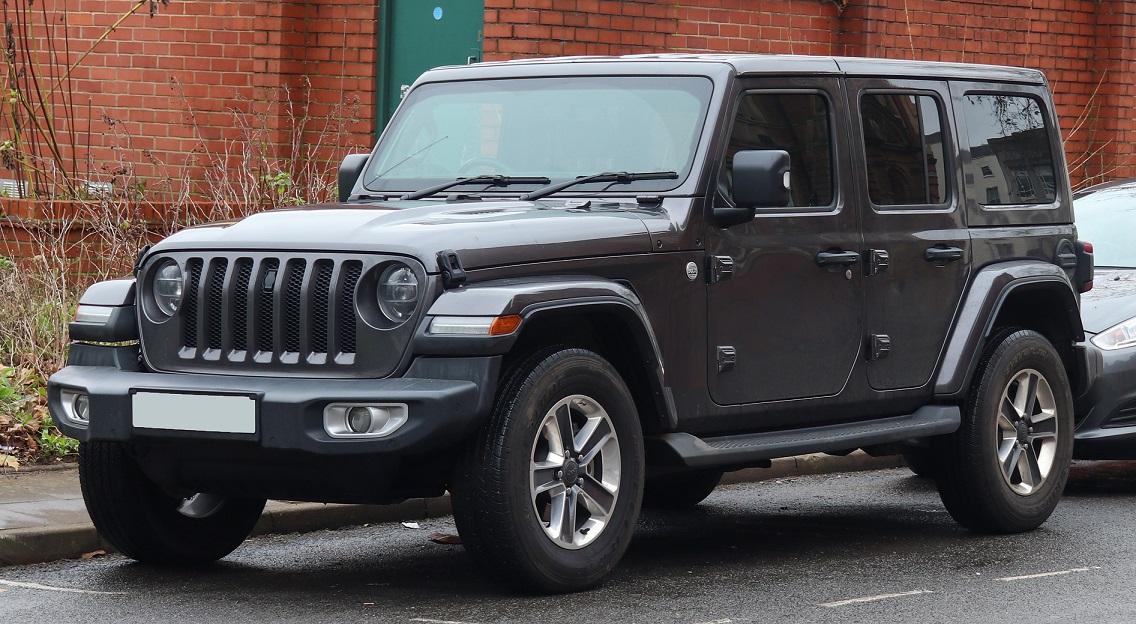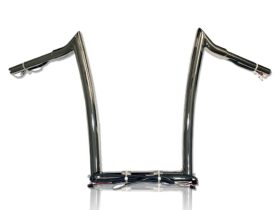Among motorists there are those who are used to replacing tires with a certain frequency (due to the change of season and the alternation between winter and summer) and those who change tires only at the end of their life cycle; for the latter, at each tire change the same question always arises: how to choose the right tires for my car? Faced with the wide range of choices available today, it is normal to find yourself a bit lost, but with simple instructions you can easily find the best tires for your car, with a ratio between quality and advantageous price.
To choose the right covers, you first need to know that each car has specific mechanical characteristics, load and speed, and the choice of tires must be taken with these characteristics in mind, above all for safety reasons. Without this starting requirement, the purchase will prove to be wrong, as inadequate tires and therefore unable to perform their task will be found on board the vehicle. You can choose the best car tyres on onlinecarparts.co.uk now.
The parameters to be respected
The “right” tires for your car are those that are able to respect and best accommodate the characteristics of the vehicle, expressed through the parameters that must be strictly followed. The reason is simple: only the right tires can guarantee top performance and above all safety for the driver of the vehicle. Furthermore, compliance with these parameters is imposed by law, so fitting tires that do not meet the required requirements can lead to even heavy penalties.
- To choose the right tires, you must first check the registration card to ascertain what parameters to observe in terms of measurements- diameter and width of the tread – speed index and load index; the Highway Code states that it is possible to obtain tires that have higher values in terms of load and speed indexes than those shown in the booklet, while tires with lower values cannot be fitted with reference to summer tires.
- The covers must be of the same type for each axle, therefore different tires can be mounted on the front than on the rear, however this solution is strongly discouraged by the manufacturers as different tires can generate different reactions based on the various conditions, making the drive problematic (and dangerous); the suggestion is to always install four identical tires.
Once the correct measurements have been identified, it is possible to choose the tires that meet the parameters set according to one’s needs and the use to be made of them, as well as on the climatic conditions that must be faced.
When to replace tires?
By law, tires must be replaced when the tread thickness is less than 1.6 mm; some manufacturers advise to provide first the gearbox, around 3-4 millimeters thick, since below this threshold there is a decrease in the grip of the tires. However there is no unanimity from this point of view, given that Michelin ensures that up to 1.6 mm in thickness the tire is able to guarantee sufficient performance and grip to allow the car to circulate in total tranquility.






